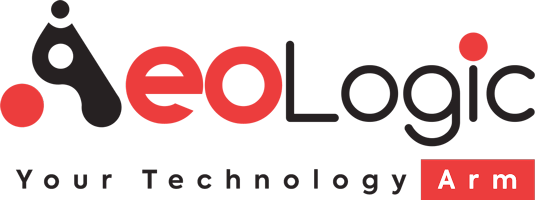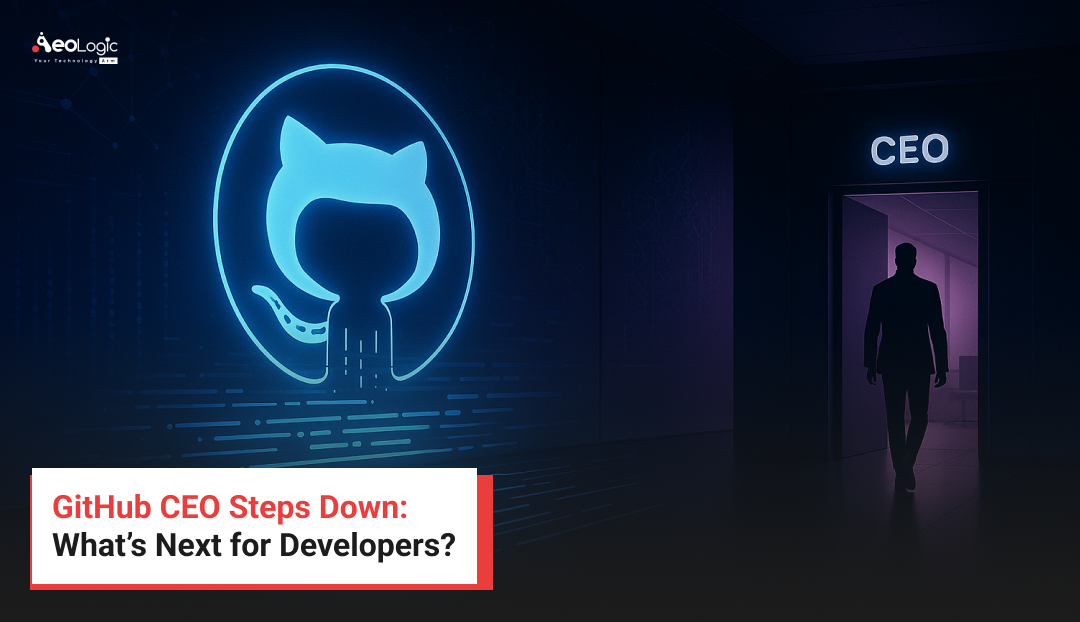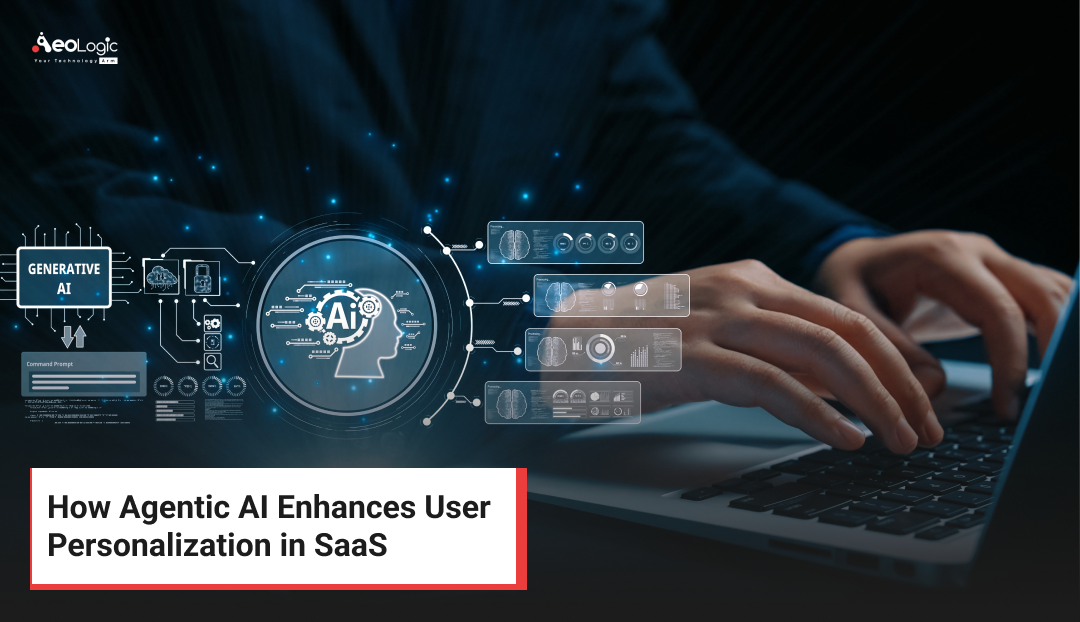The Big News
GitHub’s CEO steps down, Thomas Dohmke, has announced he’s stepping down, and the move has already sparked waves across the developer community. This isn’t just about one person leaving a leadership role. It’s about how GitHub, the world’s largest developer platform, will operate moving forward, and what this shift could mean for the millions of people and businesses who rely on it every day.
A Quick Recap of Thomas Dohmke’s Journey at GitHub
Dohmke took over as CEO in late 2021 after working closely with Nat Friedman, who previously led the company. Coming from a background in both software engineering and product management, Dohmke brought a mix of technical know-how and business leadership that helped steer GitHub through some of its most important growth years.
Under his watch, GitHub hit major milestones:
-
Over 150 million developers actively using the platform
-
Repositories and forks crossing the 1 billion mark
-
The launch and rapid growth of GitHub Copilot, which became one of the most widely used AI coding assistants in the world
But now, Dohmke has decided it’s time to move on. His next step? Starting a new venture. While details are scarce, he’s made it clear he’s ready to get back to building from the ground up.
Why This Move Matters
When a CEO leaves, especially one who’s been tied so closely to a company’s recent successes, it’s natural for people to wonder: what happens next? But this isn’t just about replacing a name at the top. The bigger story here is that Microsoft, which owns GitHub, will not be appointing another CEO at all.
Instead, GitHub will now be part of Microsoft’s CoreAI division, led by Jay Parikh. This is a huge change in how the company is structured. For years, even after Microsoft bought GitHub in 2018, the platform kept a fair amount of independence. Now, that separation is shrinking.
From Independent Leadership to Integration
Let’s put this in perspective. Imagine a local bakery gets bought by a huge food corporation. At first, the bakery keeps its own head baker, its own recipes, and its own style, while the parent company just supports it with more resources. Over time, though, the bakery starts using the corporation’s supply chain, its recipe testing process, and even its branding.
That’s essentially what’s happening with GitHub right now. Moving into CoreAI means GitHub will be more directly tied into Microsoft’s larger plans, particularly around artificial intelligence.
What Is CoreAI and Why It Matters
CoreAI is Microsoft’s internal division focused entirely on building and improving AI products. That includes everything from cloud-based AI services to the AI features baked into products like Microsoft Word, Excel, and Teams.
For GitHub, joining CoreAI signals one thing clearly: AI is no longer just a feature. It’s becoming central to the company’s identity. GitHub Copilot was already a strong hint of this direction, but now, AI could become part of every aspect of the platform, from code search to project management.
Why the GitHub CEO Steps Down Matters for Developers
The developer community is mixed in its reaction. On one side, many see this as a positive. Being part of CoreAI could mean faster development of AI-powered tools, better integration with Microsoft products, and more resources to keep GitHub competitive.
On the other hand, some developers worry that GitHub’s unique culture might fade. GitHub has always had a community-first feel, with an emphasis on open-source projects and developer autonomy. A tighter link to Microsoft’s corporate structure might change that dynamic over time.
The Timing of the Move
The timing is interesting. GitHub has been in the spotlight a lot recently, not just for Copilot but also for its growing role in software development education, security, and automation. AI competition is heating up, with rivals like Google, Amazon, and newer players all trying to create the go-to platform for AI-powered coding.
By making this move now, Microsoft is clearly aiming to keep GitHub ahead of the curve. Bringing it into CoreAI means aligning it with Microsoft’s broader strategy, which could be crucial in staying competitive.
Dohmke’s Next Chapter
While Dohmke hasn’t given many details about his next project, he’s hinted that it will involve building something new from scratch. This fits his personal history. Before GitHub, he co-founded HockeyApp, a mobile development platform, which was later acquired by Microsoft. He’s an entrepreneur at heart, and stepping away from GitHub could be his way of returning to those roots.
What Could Change for Users
For most developers, GitHub will still work the way it does today. You’ll still push commits, manage issues, and collaborate on pull requests. But here are a few things that could evolve over the next year:
-
More AI features across the platform – Not just in Copilot, but potentially in code review, bug tracking, and repository insights.
-
Tighter integration with Microsoft tools – Expect to see more crossover with Visual Studio, Azure DevOps, and even Office apps.
-
Faster rollouts of experimental tools – With CoreAI’s resources, GitHub could test and release new features more quickly.
The challenge will be keeping the balance between adding AI-driven improvements and preserving the simplicity and flexibility that made GitHub popular in the first place.
How the GitHub CEO Steps Down Impacts Open-Source Projects
GitHub is the home of open source on the internet. From small personal scripts to massive frameworks like React and Kubernetes, the platform is where millions of developers collaborate, share, and improve software together.
When Microsoft bought GitHub in 2018, there were some fears in the community that the open-source ethos might be overshadowed by corporate interests. Over the years, GitHub largely proved those fears wrong, continuing to support and expand open-source projects.
Now, with GitHub moving into CoreAI, some developers are asking the same questions again. Will the platform’s priorities shift more toward AI-driven features that benefit commercial users? Or will the open-source community still get the same level of support and visibility?
It is too early to know for sure, but one likely change is that AI features will be deeply woven into how open-source contributors work. Imagine automated pull request reviews, AI-generated project documentation, or even bots that help maintainers handle repetitive issues. This could be a huge productivity boost, but it also means the open-source world will be more dependent on AI tools — and that raises questions about accessibility and openness.
Possible Cultural Shifts Inside GitHub
A company’s culture often starts at the top, and with no dedicated GitHub CEO steps down, the tone will now be set from Microsoft’s CoreAI leadership.
Historically, GitHub’s culture was shaped around the idea of empowering developers to “build cool stuff” without too much bureaucracy. There was a certain informality — product ideas often came directly from developer needs, and the community had a big voice.
Integrating into CoreAI could bring more structure and alignment with Microsoft’s corporate processes. This might mean more long-term strategic planning, bigger feature rollouts, and tighter coordination with other Microsoft products. While that can be good for consistency, it could also make GitHub feel a little less like the independent, developer-first space it has always been.
The real question is whether GitHub can keep its community-driven spirit alive while operating under a larger AI-focused umbrella.
Long-Term Impacts for Developers and Companies
For individual developers, the impact might be subtle at first. You will likely see more AI helpers in your daily workflow, more intelligent search and recommendations, and possibly new ways to collaborate across repositories.
For companies, the changes could be more significant. If GitHub becomes tightly linked to Microsoft’s AI products, enterprise customers might get powerful integrations with Azure, Power BI, and even Microsoft 365. This could make GitHub even more appealing as a one-stop shop for both code hosting and project management.
However, companies that prefer a platform-agnostic approach might worry about vendor lock-in — the idea that once you are deep into the Microsoft ecosystem, it becomes hard to switch to another provider without major disruption.
What’s Next for GitHub After the CEO Steps Down
Whether you are a solo coder or a CTO of a large team, here are a few practical steps to take as GitHub enters this new chapter:
-
Explore AI tools early – The sooner you understand what GitHub’s AI features can do, the better you can adapt your workflows when they become standard.
-
Keep backups of critical code – Even if nothing changes, it is always smart to have redundant backups outside of GitHub.
-
Engage in the community – Join discussions, give feedback on new features, and make your voice heard. The more developers speak up, the more likely GitHub will balance corporate strategy with user needs.
-
Stay platform flexible – If you are concerned about long-term independence, consider learning how to mirror or migrate projects to other platforms like GitLab or Bitbucket, just in case.
Why Microsoft May See This as Perfect Timing
Microsoft’s bet on AI is paying off in many areas — from Office features to Azure cloud services. By bringing GitHub into CoreAI now, Microsoft is likely aiming to:
-
Strengthen its AI product ecosystem by integrating developer tools directly into its AI strategy.
-
Move faster on releasing new AI-driven coding features before competitors catch up.
-
Present a unified brand for AI development tools, making GitHub a central hub in that story.
This timing also aligns with growing competition in AI coding assistants. GitHub Copilot has been a market leader, but rivals like Google’s Codey, Amazon’s CodeWhisperer, and independent tools like Cursor are pushing hard. A tighter connection to Microsoft’s AI research and resources could help GitHub maintain its lead.
Looking Ahead: GitHub in 2026 and Beyond
If these changes go smoothly, GitHub could become an even more powerful tool for both hobbyist coders and enterprise teams. AI-powered workflows might become so seamless that things like writing documentation, managing releases, or fixing bugs feel almost automatic.
On the flip side, there is a risk that GitHub could become less about open, community-driven development and more about being an extension of Microsoft’s business strategy. If that happens, we might see more developers diversifying where they host their projects.
Final Thoughts
Thomas Dohmke’s decision to step down is more than just a leadership change. It is the start of a new era for GitHub — one where the platform is fully aligned with Microsoft’s AI ambitions. For developers, this could mean exciting new tools, faster innovation, and deeper integrations with the software they already use.
But it is also a moment to pay attention. As GitHub becomes a part of CoreAI, the community will play an important role in shaping what comes next. Speaking up, giving feedback, and pushing for openness will be key to making sure the platform remains as useful and welcoming as it has been for the past 17 years.
Whether you see this move as the beginning of GitHub’s next big leap or the start of a more corporate chapter, one thing is certain — the way we write, share, and collaborate on code is about to change.

Passionate about breaking down complex tech into simple ideas. Covers everything from AI and software development to gadgets and emerging tech trends.





